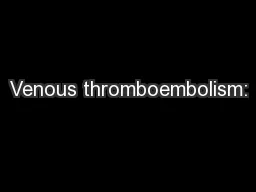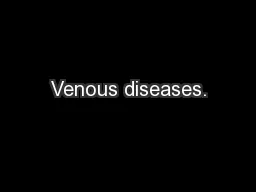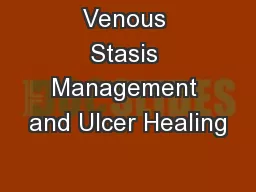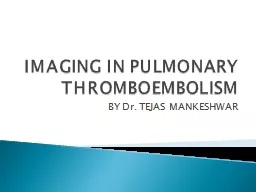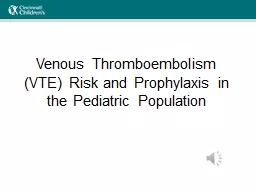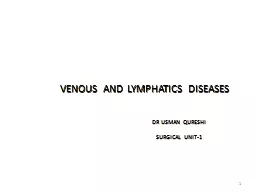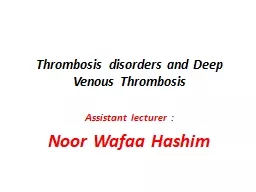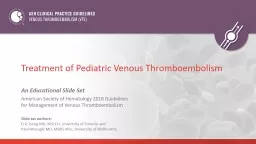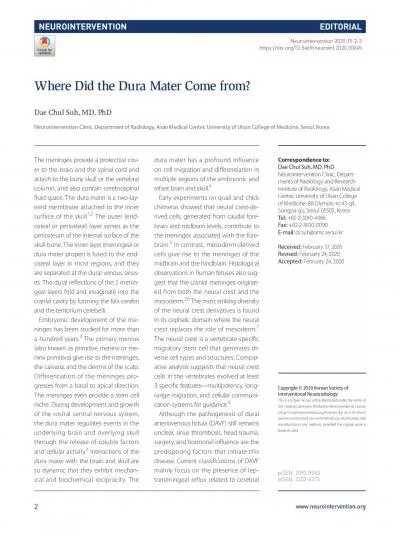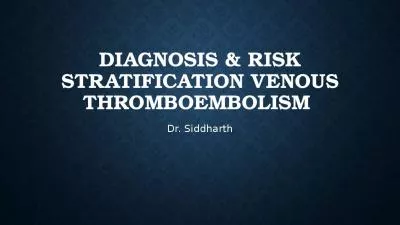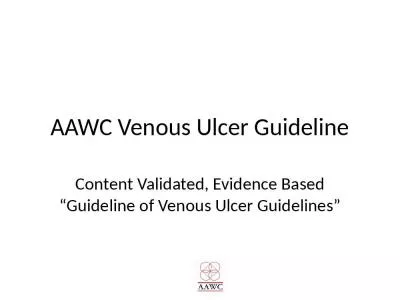PPT-Venous thromboembolism:
Author : calandra-battersby | Published Date : 2016-06-29
how long to treat Eliot Williams MD PhD Department of Medicine Division of Hematology amp Medical Oncology 3 months of anticoagulant treatment is both necessary
Presentation Embed Code
Download Presentation
Download Presentation The PPT/PDF document "Venous thromboembolism:" is the property of its rightful owner. Permission is granted to download and print the materials on this website for personal, non-commercial use only, and to display it on your personal computer provided you do not modify the materials and that you retain all copyright notices contained in the materials. By downloading content from our website, you accept the terms of this agreement.
Venous thromboembolism:: Transcript
Download Rules Of Document
"Venous thromboembolism:"The content belongs to its owner. You may download and print it for personal use, without modification, and keep all copyright notices. By downloading, you agree to these terms.
Related Documents

